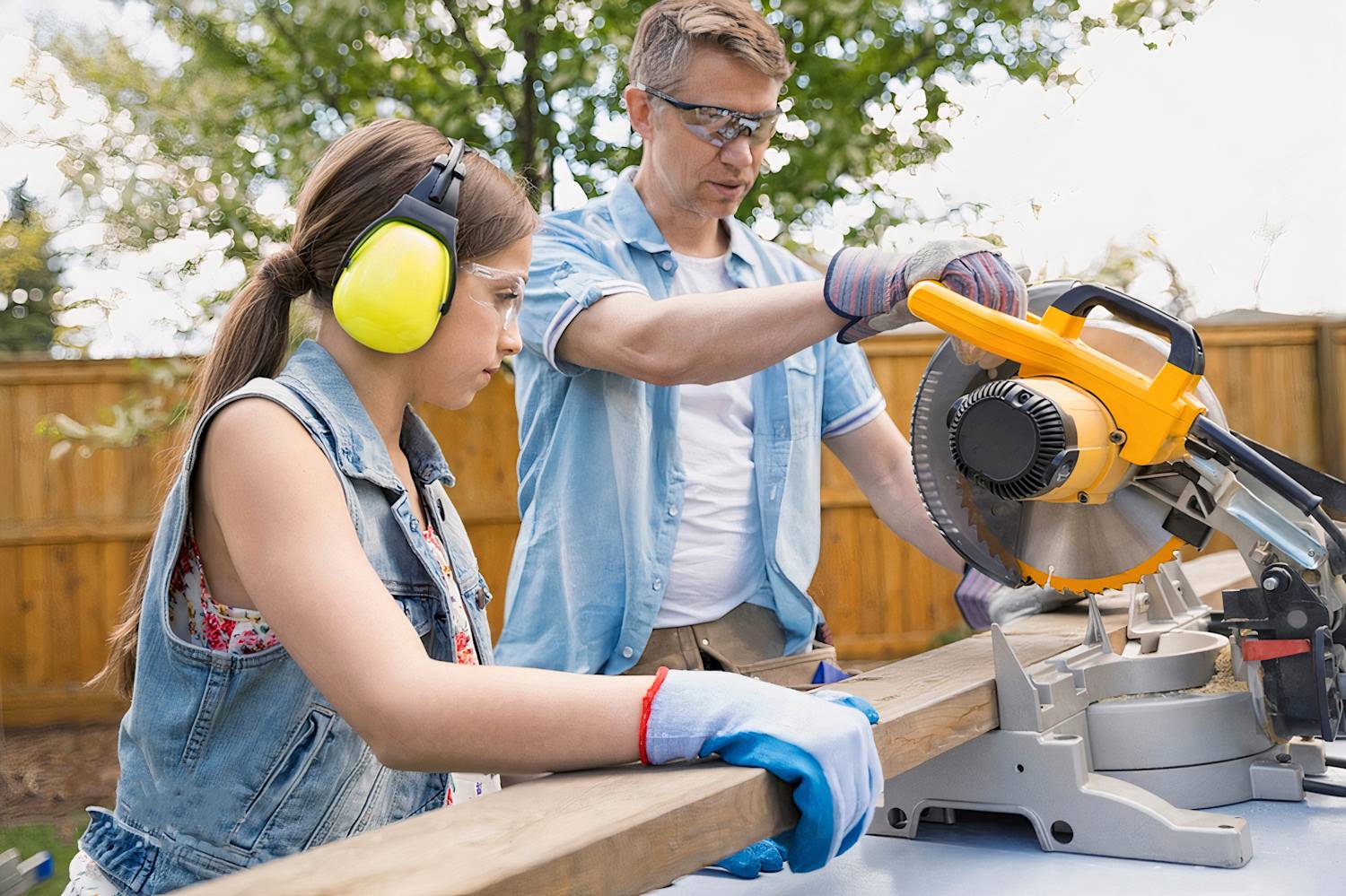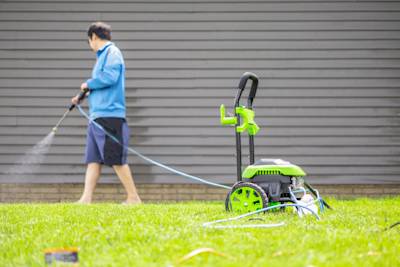Vinyl siding is an essential component of modern home construction and renovation projects. Its widespread use is attributed to its remarkable durability, affordability, and low maintenance requirements. However, for a successful installation, knowing how to cut vinyl siding accurately is paramount. In this comprehensive guide, brought to you by GVD Renovations & Remodeling, Sacramento's premier siding replacement contractor, we will walk you through the essential tools, step-by-step cutting techniques, invaluable tips, and vital safety precautions. Whether you're a seasoned professional or a DIY enthusiast embarking on a vinyl siding installation, this guide will equip you with the knowledge and skills necessary to achieve precise cuts for a flawless finish.
Why Vinyl Siding?
Vinyl siding has earned its place as a top choice in contemporary home exteriors for several compelling reasons:
- Durability: Vinyl siding is engineered to withstand the harshest weather conditions, ensuring it remains intact and attractive for years to come.
- Affordability: It offers an affordable way to enhance your home's appearance and energy efficiency, making it an excellent choice for budget-conscious homeowners.
- Low Maintenance: Unlike other siding materials, vinyl siding requires minimal maintenance, saving you time and effort in the long run.
Tools You'll Need
Basic Tools
Before you embark on your vinyl siding cutting journey, gather the following essential tools:
- Utility Knife: This versatile tool is perfect for scoring and snapping vinyl siding, especially for straight cuts.
- Tin Snips: Ideal for more intricate cuts, tin snips allow you to navigate corners and edges with precision.
- Circular Saw: For efficiency and precision, equip your circular saw with a fine-toothed blade to make clean, straight cuts.
Specialized Tools
While not absolutely necessary, specialized tools can make the job easier:
- Power Shears: Power shears are invaluable for achieving precise, quick cuts, especially in tight spaces.
Safety Gear
Prioritize safety by wearing the following equipment:
- Gloves: Protect your hands from sharp edges and debris, ensuring a safer working environment.
- Goggles: Safeguard your eyes against potential flying particles, reducing the risk of injury.
- Ear Protection: Prevent hearing damage when using power tools, preserving your long-term auditory health.
Preparing Your Workspace
Before you start cutting vinyl siding, establish a dedicated workspace. Ensure your area is free from clutter or obstructions that could impede your progress. Additionally, prioritize safety by providing adequate lighting and ventilation in your workspace.
Measuring and Marking
Accurate measurements and precise markings are the foundation of successful vinyl siding cuts. Follow these steps:
- Use a tape measure to determine the required dimensions for your siding piece.
- Mark these measurements directly onto the vinyl siding, ensuring clear, straight lines.
- Double-check your markings before proceeding with the cut to avoid costly mistakes.
Cutting Techniques
Using a Utility Knife
The utility knife is a versatile tool for vinyl siding cuts. Follow these steps for successful cutting:
- Score the siding along the marked line using the utility knife.
- Gently snap the siding along the scored line. This method works best for straight cuts and is beginner-friendly.
Using Tin Snips
For more intricate cuts, especially around corners and edges, tin snips are your best option:
- Follow the marked line carefully.
- Use the tin snips to make precise cuts. Take your time to ensure accuracy and avoid costly errors.
Using a Circular Saw
If you're dealing with longer or wider cuts, a circular saw can expedite the process:
- Equip your circular saw with a fine-toothed blade to prevent splintering.
- Move the saw steadily along the marked line for clean, straight cuts.
Common Mistakes to Avoid
Even seasoned professionals can make mistakes when cutting vinyl siding. Here are some common errors to steer clear of:
- Incorrect Measurements: Always measure accurately to avoid costly and time-consuming mistakes.
- Wrong Cutting Angles: Ensure your cuts align with the siding's layout and design for a polished finish.
- Not Wearing Safety Gear: Neglecting safety equipment can lead to accidents, so prioritize your well-being.
Safety Precautions
When working with vinyl siding, your safety should be your top priority. Always wear the recommended safety gear, including gloves, goggles, and ear protection. Take your time to make precise cuts, and never rush through the process. Prioritizing safety ensures not only a successful project but also your well-being.
Cleaning Up and Disposal
After successfully cutting your vinyl siding, it's crucial to tidy up your workspace. Dispose of any vinyl scraps responsibly by following local regulations. Proper cleanup not only maintains a safe work environment but also contributes to a cleaner, more sustainable community.
Troubleshooting Guide (Optional)
If you encounter issues such as splintering, uneven cuts, or difficulties with power tools, don't worry. Our troubleshooting guide can help you overcome these challenges. Feel free to reach out to GVD Renovations & Remodeling, your trusted Sacramento siding replacement contractor, for expert advice on addressing any specific issues.
Conclusion
In conclusion, this comprehensive guide has provided you with the knowledge and skills needed to cut vinyl siding effectively. Whether you're a seasoned contractor or want to install vinyl siding yourself, following the right tools, techniques, and safety precautions is essential for a successful outcome. Remember, GVD Renovations & Remodeling, your trusted Sacramento siding replacement contractor, is here to support you every step of the way. Prioritize safety, take your time, and enjoy the satisfaction of a job well done. We encourage you to share your thoughts and experiences in the comments below, and be sure to explore our other related blogs and articles for more valuable insights.
Tags: How to Cut Vinyl Siding ,




















